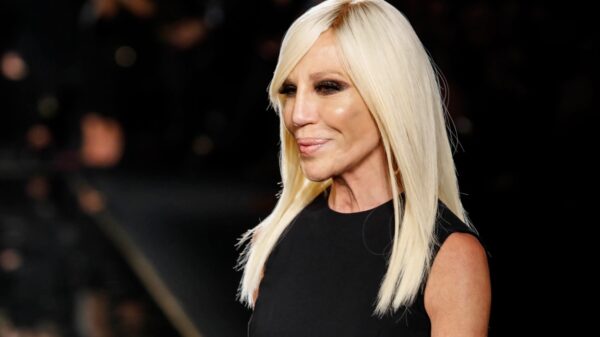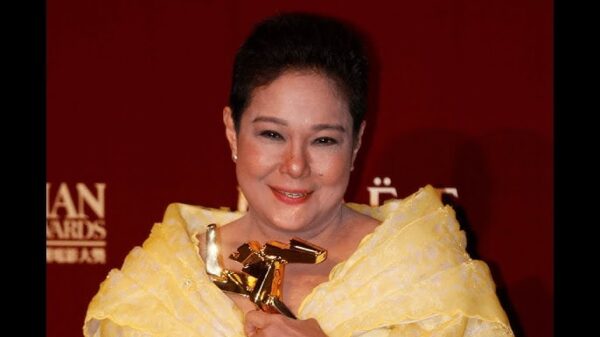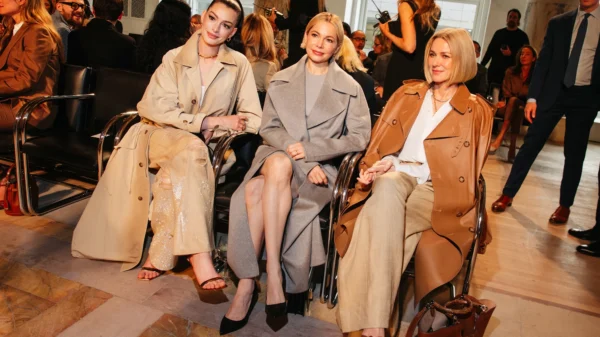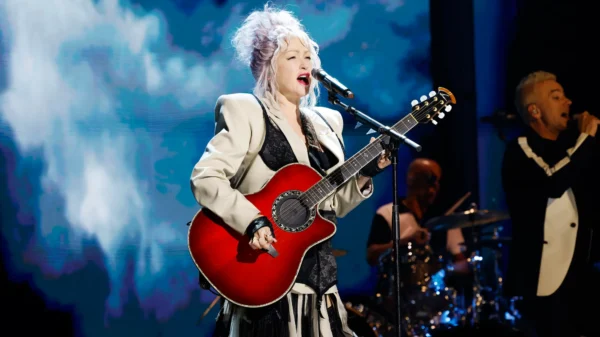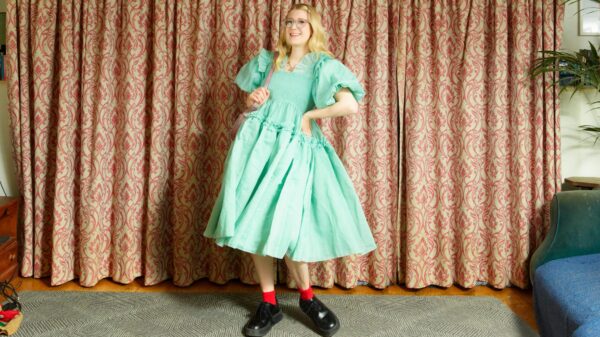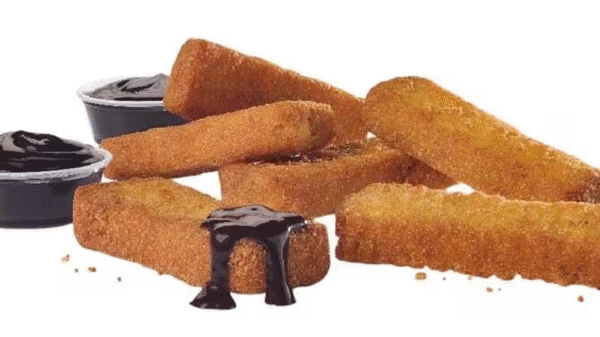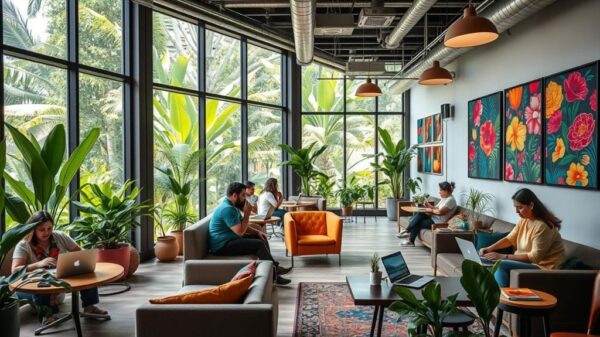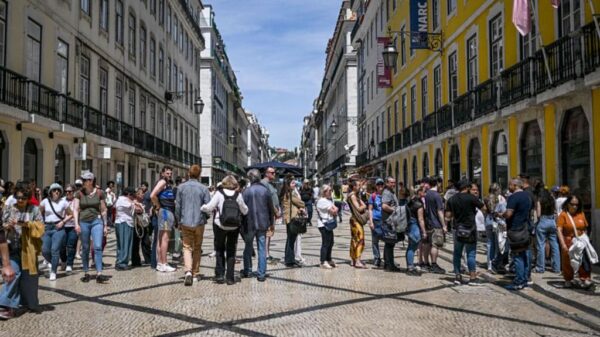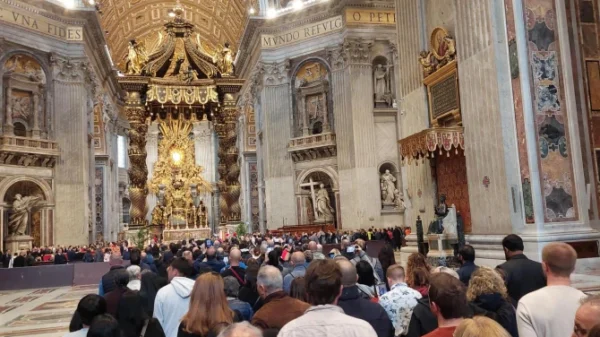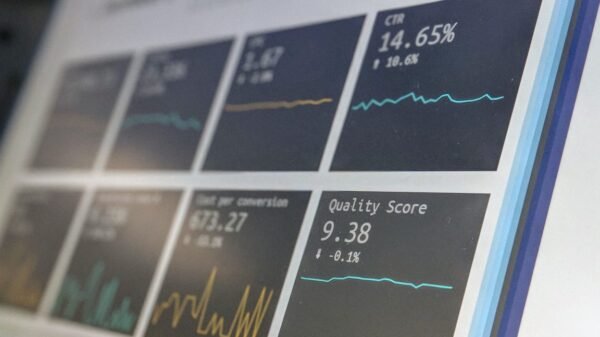Rise of Eco-Friendly Businesses: Leading a New Era in the Fashion Industry
The fashion industry, long criticized for its environmental impact, is undergoing a transformation. A growing number of eco-friendly businesses are emerging, driven by entrepreneurs committed to sustainable practices. Among these trailblazers is Rocio Salgado, a Peruvian-American designer whose innovative approach to fashion is redefining the industry. Her brand, which emphasizes sustainability without sacrificing style, is capturing the attention of consumers and industry leaders alike, signaling a shift towards a more responsible future in fashion.
Rocio Salgado: Crafting a Sustainable Vision
Rocio Salgado’s journey into sustainable fashion is rooted in a deep concern for the environment. Understanding the fashion industry’s role as one of the world’s largest polluters, Salgado sought to create a brand that would challenge the status quo. Her collections feature unique items made from unconventional materials such as fish leather, a byproduct that would otherwise go to waste. This innovative use of materials not only reduces environmental impact but also offers consumers distinctive, high-quality products. Salgado’s hand-embroidered belts, crafted with traditional techniques, further reflect her commitment to sustainability and cultural preservation.
The Broader Impact of Sustainable Fashion
Salgado’s success is emblematic of a larger trend within the fashion industry, where sustainability is no longer an option but a necessity. Consumers are increasingly aware of the environmental impact of their purchases and are seeking out brands that align with their values. This shift is driving brands to adopt more sustainable practices, from sourcing eco-friendly materials to reducing waste and emissions. Salgado’s use of fish leather, for example, not only minimizes waste but also challenges other designers to rethink the materials they use. Her work demonstrates that it is possible to create luxurious, fashionable items that are also environmentally responsible.
Innovation at the Intersection of Style and Sustainability
What sets Rocio Salgado apart in the crowded fashion industry is her ability to innovate while maintaining a strong commitment to sustainability. Her use of fish leather is a prime example of this innovation—turning what was once waste into a valuable resource. This not only reduces the environmental impact of her products but also sets her apart from other brands that rely on more conventional materials. Salgado’s designs are not just eco-friendly; they are also a celebration of creativity and craftsmanship, appealing to consumers who want to make ethical choices without compromising on style.
The Role of Entrepreneurs in Driving Change
Entrepreneurs like Rocio Salgado are playing a crucial role in driving the fashion industry towards a more sustainable future. By challenging traditional practices and introducing innovative solutions, they are setting new standards for what it means to be a successful business in the 21st century. Salgado’s brand is not just about selling products; it’s about making a statement that fashion can be both beautiful and sustainable. Her success serves as an inspiration to other entrepreneurs, showing that it is possible to build a profitable business while also making a positive impact on the world.
Consumer Demand for Ethical Fashion
The rise of eco-friendly businesses like Rocio Salgado’s is largely driven by changing consumer preferences. Today’s consumers are more informed and more concerned about the environmental and social impacts of their purchases. They are looking for brands that reflect their values, and sustainability has become a key factor in their purchasing decisions. This shift in consumer behavior is forcing the fashion industry to adapt, with more brands incorporating sustainable practices into their operations. Salgado’s brand is at the forefront of this movement, offering products that are not only stylish but also ethically made.
The Future of Sustainable Fashion
As the demand for sustainable fashion continues to grow, businesses that prioritize eco-friendly practices are likely to thrive. Rocio Salgado’s brand is a perfect example of how sustainability can be integrated into every aspect of a business, from the materials used to the production processes. Her success is a clear indication that the future of fashion lies in sustainability. As more entrepreneurs follow in her footsteps, the fashion industry will continue to evolve, becoming more responsible and less harmful to the environment.
Conclusion: Setting a New Standard
Rocio Salgado’s work is reshaping the fashion industry, proving that it is possible to create luxurious, stylish products while maintaining a strong commitment to sustainability. Her innovative use of materials like fish leather and her dedication to traditional craftsmanship set her apart as a leader in the eco-friendly fashion movement. As consumers become more conscious of their impact on the environment, brands like Salgado’s will continue to lead the way, setting new standards for what it means to be a successful and responsible business in today’s world. The rise of eco-friendly businesses is not just a trend; it is a fundamental shift that will shape the future of fashion for years to come.

